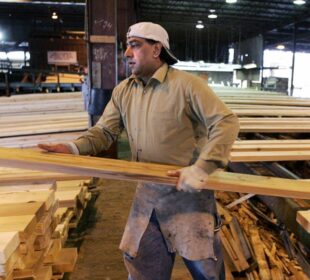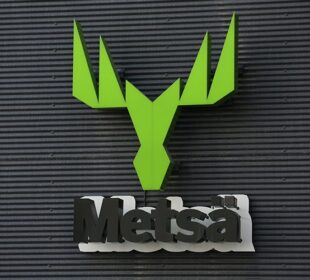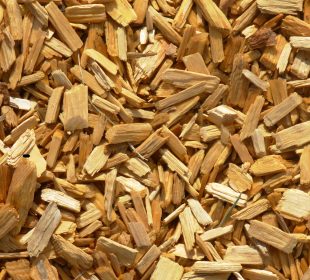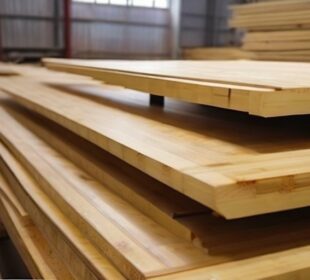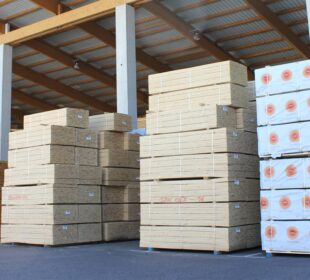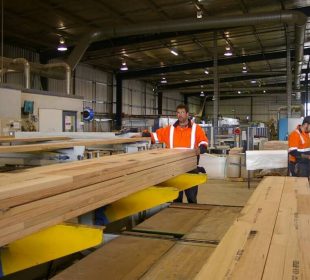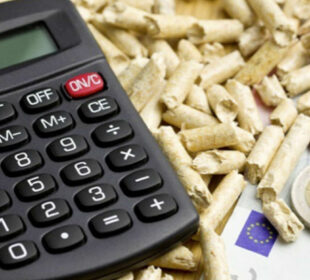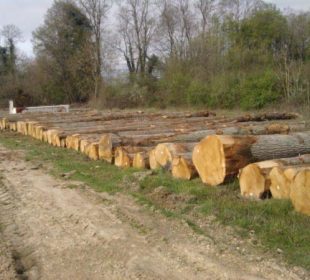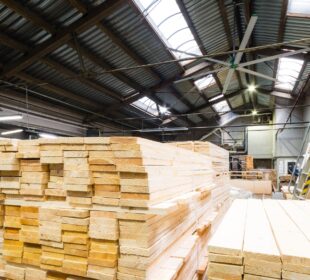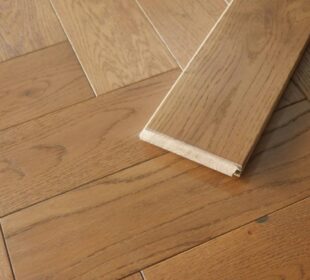The Board of Directors of the European Federation of the Parquet Industry met recently and discussed amongst others both the parquet situation and recent economic indicators on the European market.
Overall, after several years of a subdued market situation, activity seems to be picking up again in most of Europe. Indeed, the year started off well in many reporting European countries. With a few exceptions, many were able to get out of the red zone during the first quarter of 2016, when compared to the same period of last year. Although the reported parquet sales figures are not yet spectacular, the trend is definitely turning to positive.
A brief per country recap is provided in the table below.
Market overview
| Austria | The information provided to FEP points in the direction of an increase of parquet sales in the order of 2 to 3% despite a still subdued activity on the private housing segment. |
↑ |
| Baltic countries | The Baltic countries parquet markets seem to be performing better than during the first quarter of 2015, with an estimated rise of 2% in sales figures. |
↑ |
| Belgium | The few indications available point towards stable consumption and production figures. |
→ |
| Denmark | The Danish market remains on a slightly positive note, with a 1% improvement backed by building permits also returning to green figures. |
↑ |
| Finland | The situation in Finland remains the most problematic among European countries, with an estimated decrease of 5 to 10% in parquet sales. The influence of the Russian context is considered as an important factor explaining this hesitant market development. |
↓ |
| France | The French parquet market is also emerging from its torpor and is now slowly back to positive sales figures, with an estimated 3% gain during the first months of 2016. |
↑ |
| Germany | Compiled data indicate that parquet sales in the first quarter of the current year increased by an estimated 3%, reflecting the slight growth in new housing permits. The migrant crisis does not impact the market as cheaper solutions are chosen for their housing. Competition from LVT remains particularly harsh. |
↑ |
| Italy | Altogether, parquet sales found their way back to positive figures, with a reported increase of 1 to 2%. The main difficulties encountered are linked to a general liquidity shortage and huge competition from ceramic tiles. |
↑ |
| Netherlands | The market is characterised by an increase in the order of 2% parquet in consumption compared to the first quarter of 2015. |
↑ |
| Norway | Norway is another Nordic market facing difficulties, with parquet sales down by an estimated 4% in Q1/2016. |
↓ |
| Poland | Polish parquet sales are improving by an estimated 2%. |
↑ |
| Russia | Parquet sales follow a downward trend. Although Board members did not give a quantitative indication, they unanimously feel that the market activity has significantly dropped. |
↓ |
| Spain | Spanish parquet sales are improving by an estimated 2%. |
↑ |
| Sweden | The year started out relatively well in Sweden, with +2% in parquet sales. However, the pace reduced compared to the end of 2015. The construction activity is following the right path. Here also, LVT proves to be a strong competitor. Renovation activities are slightly hit by the downward revision of subsidies (interest rates). |
↑ |
| Switzerland | Switzerland reports a decrease of 2% in parquet consumption. This unusual evolution for a traditional parquet country is mainly due to the fall by 30% of the housing activity, which is directly linked to the second home initiative, forbidding new homes in recreational areas. Nevertheless, renovation is slightly increasing. |
↓ |


